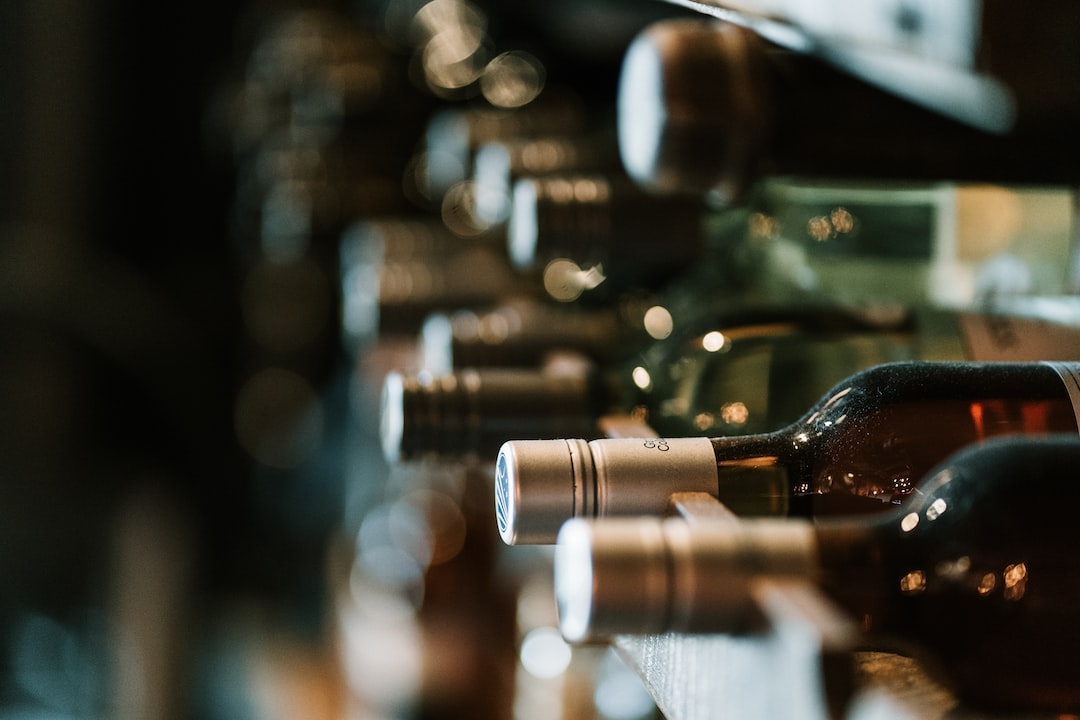
Advanced Wine Tasting Techniques Explained
Share
Wine tasting is an art form that evolves with experience. While beginners may focus on the basics, such as identifying primary flavors and learning to swirl a glass, seasoned oenophiles continually refine their palates with advanced techniques. This guide is designed for those who wish to delve deeper into the world of wine tasting, offering expert methods that will elevate your appreciation and understanding of wine. Whether you're a dedicated enthusiast or a professional looking to sharpen your skills, the techniques outlined here will enhance your sensory analysis and help you articulate your wine experiences with greater precision.
Understanding the Tasting Environment
The Impact of Context on Perception
Before delving into tasting techniques, it's crucial to understand how your environment can impact your perception of wine. The setting, from the lighting and noise level to the presence of aromas, can influence how you perceive the flavors and aromas in your glass. Strive for a neutral environment where distractions are minimized, allowing your senses to focus solely on the wine.
Preparing Your Palate
Your palate's condition can significantly affect your tasting experience. Avoid strong flavors, such as coffee or spicy food, before a tasting session, as they can numb your taste buds. Drinking water and eating a neutral cracker can cleanse your palate, ensuring it's ready for the nuanced flavors of the wine you're about to savor.
The Role of Glassware
Choosing the Right Glass
The shape and quality of your glassware can make a substantial difference in your wine tasting experience. Different wine styles benefit from specific glass shapes, which are designed to enhance the wine's aromas and direct the flow onto your palate optimally. Invest in high-quality glasses that complement the types of wine you typically enjoy.
Glass Handling Techniques
How you hold your wine glass can also affect the tasting. Always hold the glass by the stem to avoid warming the wine with your hands. This also keeps the bowl clear of fingerprints, allowing you to observe the wine's color and clarity without obstruction.
Advanced Sensory Analysis
Mastering the Swirl
Swirling wine isn't just for show; it's a technique that aerates the wine, releasing volatile compounds that contribute to its aroma. Practice swirling gently to avoid spilling, and observe how the wine's "legs" or "tears" form on the glass's sides, which can indicate alcohol content and viscosity.
The Art of Sniffing
Smelling the wine is where the bulk of flavor identification occurs. Take short, quick sniffs rather than deep inhales to better capture the wine's bouquet. Advanced tasters can identify primary, secondary, and tertiary aromas, which speak to the grape variety, fermentation process, and aging, respectively.

The Tasting Process
Assessing the Attack
The "attack" refers to the initial impression the wine makes as it first hits your palate. Pay attention to the immediate flavors, acidity, tannins, alcohol, and body. This initial assessment can set the stage for the complexity that unfolds as the wine lingers in your mouth.
Evaluating the Mid-Palate
The mid-palate is where the wine's main characteristics are most discernible. Here, focus on the balance of flavors and structure. Is the wine harmonious, or do certain elements dominate? This is also a good time to consider the wine's texture, often referred to as "mouthfeel."
Identifying Flavor Profiles
Primary Flavors
Primary flavors come from the grape variety itself. They include fruit, floral, herb, and mineral notes. As you taste, try to identify these flavors beyond the generic "fruity" or "floral" descriptors. Is that fruit note more cherry or raspberry? Is the floral note reminiscent of roses or violets?
Secondary and Tertiary Flavors
Secondary flavors are derived from the winemaking process, such as yeast influences, while tertiary flavors develop with aging in the bottle or barrel. These can include notes of vanilla, toast, nuts, or even petrol. Recognizing these nuances requires practice and a good memory for comparison.
Decoding Complexity and Finish
Understanding Complexity
Complexity in wine refers to the multitude of different flavors and sensations experienced while tasting. A complex wine will reveal layers of flavors that evolve and interact with each other. To gauge complexity, ask yourself how many different flavors you can detect and how well they integrate with one another.
The Length of the Finish
The finish is the taste that lingers after swallowing. It's an indicator of quality—the longer the finish, the higher the wine's quality is often considered. Pay attention to the persistence of flavors and whether the finish is pleasing or if any less desirable flavors become pronounced.
The Importance of Note-Taking
Documenting Your Impressions
Taking detailed notes during a tasting can greatly enhance your learning and recall. Document everything from the wine's appearance to its finish, including your thoughts on balance, complexity, and overall enjoyment. These notes can be a valuable reference for future tastings and purchasing decisions.
Developing a Personal Lexicon
As you taste more wines, you'll start to develop a personal lexicon of descriptors that make sense to you. This personalized vocabulary will help you communicate your wine experiences more effectively, both to yourself and to others.
Pairing Wine with Food
The Impact of Food on Wine
Food can significantly alter your perception of wine, enhancing or detracting from its flavors. Experiment with different pairings to understand how elements like salt, fat, and acidity in food can change the taste of a wine.
Advanced Pairing Strategies
Beyond the basic rules of pairing, consider how the intensity and flavor profile of both the wine and the food interact. A delicate white wine might be overwhelmed by a rich, spicy dish, while a robust red could complement it beautifully.

Continual Education and Practice
Attending Advanced Tastings and Seminars
Participating in structured tastings led by industry professionals can expose you to new wines and methodologies. Seminars often delve into specific aspects of wine appreciation, such as regional differences or the impact of terroir.
Building a Tasting Group
Creating or joining a tasting group with like-minded individuals can accelerate your learning. Regularly tasting and discussing wines with a group provides diverse perspectives and can challenge your assumptions, leading to a deeper understanding of wine.
In conclusion, mastering advanced wine tasting techniques is a journey of continuous learning and practice. By honing your sensory analysis skills, understanding the influence of the environment, and exploring the depth of wine's interaction with food, you can elevate your palate to new heights. Remember to revisit the basics occasionally, as a strong foundation is key to appreciating the complexities of wine. Don't forget to check out other articles on our blog, such as "Exploring Dry White Wine Varieties", "Wine Aging and Its Effects on Color", and "Why are Cabernet Sauvignons So Popular?" to further enrich your wine knowledge. Cheers to your advanced wine tasting journey!

